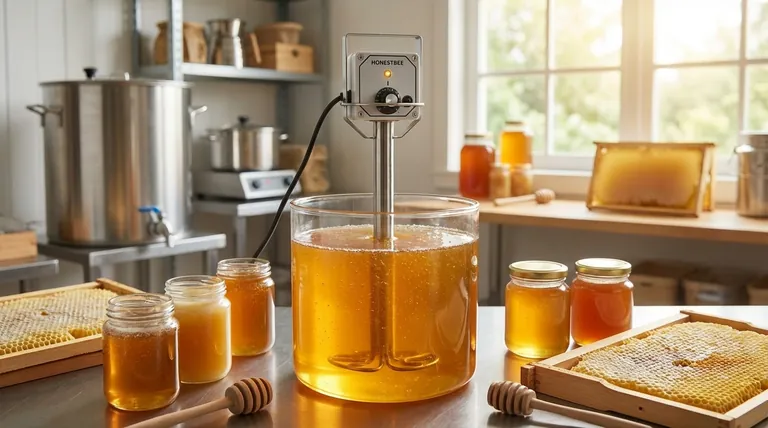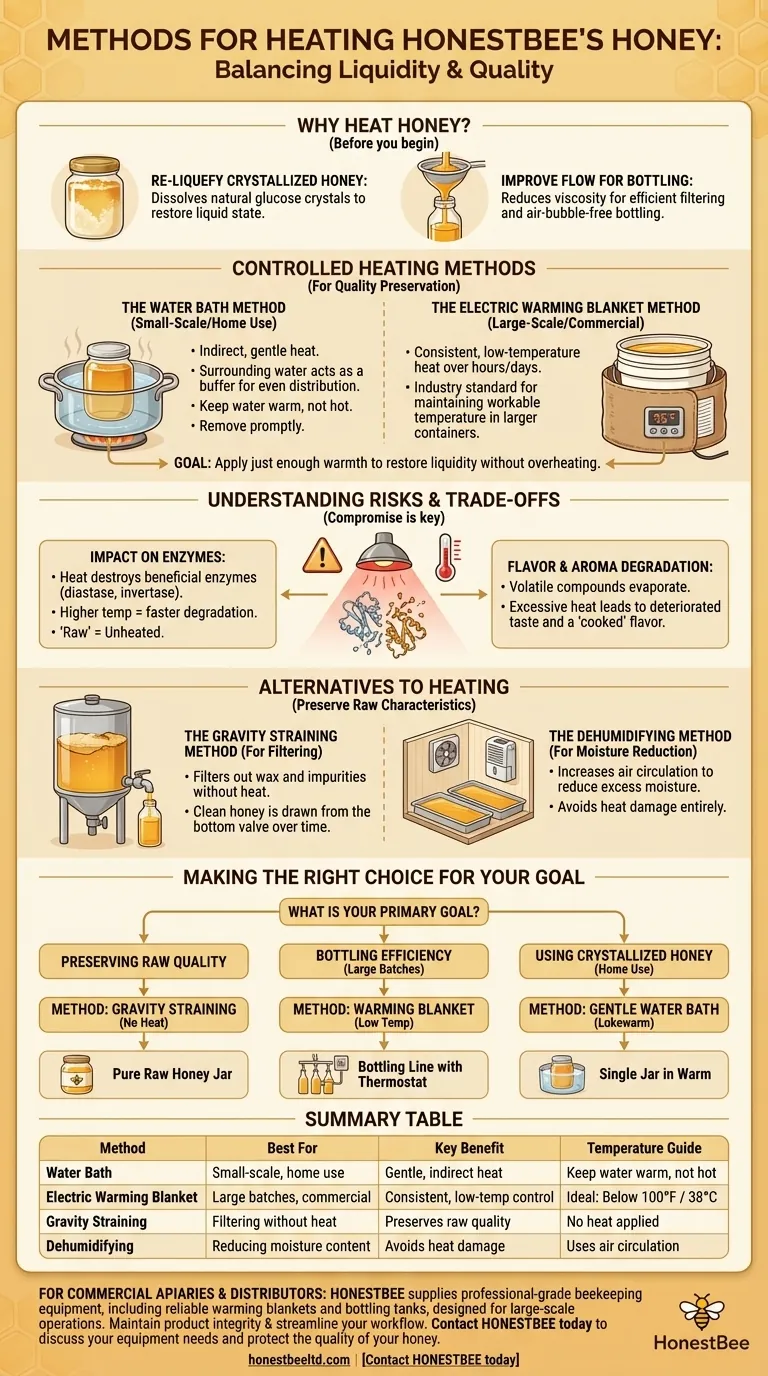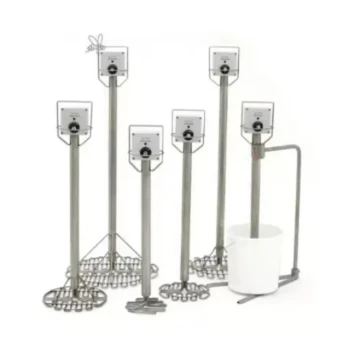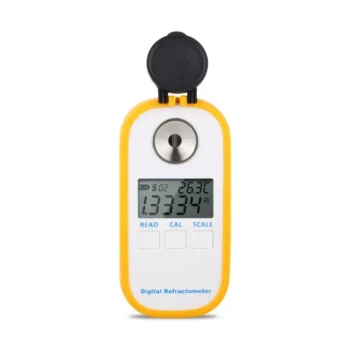To make honey more liquid and workable, the most common and controlled methods involve gentle, indirect heat, such as using a water bath or a specialized electric warming blanket. These techniques are designed to carefully liquefy crystallized honey for bottling or use. The primary goal is to apply just enough warmth to restore liquidity without overheating the honey, which can damage its delicate enzymes and flavor.
The central challenge in heating honey is not simply liquefying it, but preserving its natural quality. The key is to use the lowest possible temperature for the shortest amount of time, as excessive heat irreversibly destroys beneficial enzymes and degrades its unique flavor profile.

Why Heat Honey in the First Place?
Before applying heat, it is critical to understand the reason for doing so. The goal dictates the proper method.
Re-liquefying Crystallized Honey
Crystallization is a natural process where glucose separates from water in the honey, forming solid crystals. This is a sign of pure, natural honey, not spoilage. Gentle warming is the only way to dissolve these crystals and return the honey to a liquid state.
Improving Flow for Bottling and Filtering
Warm honey is significantly less viscous than cool honey. Heating it slightly makes it flow easily, which is essential for straining out wax particles and bottling it efficiently without introducing air bubbles.
Controlled Heating Methods for Quality Preservation
Direct heat from a stove or microwave is highly discouraged as it creates hot spots and quickly damages the honey. The professional standard is to use indirect, controllable methods.
The Water Bath Method
This is the most accessible method for small-scale applications. It involves placing the honey container into a larger pot of warm water, ensuring the water level is below the container's lid.
The surrounding water acts as a buffer, distributing heat gently and evenly. The key is to keep the water warm, not hot, and to remove the honey as soon as the crystals have dissolved.
The Electric Warming Blanket Method
For larger containers like 5-gallon buckets, a purpose-built electric warming blanket is the industry standard. These blankets wrap around the container and are connected to a thermostat.
This allows for a consistent, low-temperature heat to be applied over many hours or even days. It is especially useful for maintaining honey at a workable temperature in cold climates.
Understanding the Trade-offs and Risks
Heating is a compromise. While it provides convenience, it comes with unavoidable risks to the honey's quality if not managed with extreme care.
The Impact on Enzymes
Raw honey contains beneficial enzymes, such as diastase and invertase, which are introduced by bees. These enzymes are considered markers of high-quality, unprocessed honey.
Heat destroys these delicate enzymes. The higher the temperature, the faster the degradation. This is why "raw" honey is, by definition, unheated.
Flavor and Aroma Degradation
The unique flavor and aroma profile of a specific honey varietal comes from delicate volatile compounds.
Excessive heat causes these compounds to evaporate, resulting in a deterioration of taste and a more generic, "cooked" flavor.
Alternatives to Heating
In some cases, the goal can be achieved without applying any heat, thereby perfectly preserving the honey's raw characteristics.
The Gravity Straining Method
If the goal is simply to filter out large wax particles, you can do so without heat. Place the honey in a bottling tank with a valve at the bottom.
Over several days or weeks, the wax and other impurities will naturally rise to the top. You can then bottle clean, clear honey directly from the bottom valve, leaving the impurities behind.
The Dehumidifying Method
If you need to reduce the honey's moisture content, heating is not the best approach. Instead, you can increase air circulation over the surface of the honey.
Placing a fan and a dehumidifier in a small, enclosed room with shallow pans of honey will reduce excess moisture without the damaging effects of heat.
Making the Right Choice for Your Goal
Your approach should be dictated entirely by your end goal and your tolerance for compromising the honey's natural state.
- If your primary focus is preserving raw quality: Avoid heat entirely and use the gravity straining method for filtering, or embrace the crystallized texture.
- If your primary focus is bottling efficiency for large batches: A temperature-controlled warming blanket is the most practical solution, but set the thermostat as low as possible (ideally under 100°F / 38°C).
- If your primary focus is using crystallized honey at home: A gentle water bath with lukewarm water is the safest and easiest way to re-liquefy a single jar.
Ultimately, treating honey with care and minimalism is the surest way to protect its unique quality and value.
Summary Table:
| Method | Best For | Key Benefit | Temperature Guide |
|---|---|---|---|
| Water Bath | Small-scale, home use | Gentle, indirect heat | Keep water warm, not hot |
| Electric Warming Blanket | Large batches, commercial use | Consistent, low-temperature control | Ideal: below 100°F / 38°C |
| Gravity Straining | Filtering without heat | Preserves raw quality | No heat applied |
| Dehumidifying | Reducing moisture content | Avoids heat damage | Uses air circulation |
For commercial apiaries and distributors, proper honey handling is critical for quality and efficiency. HONESTBEE supplies professional-grade beekeeping equipment, including reliable warming blankets and bottling tanks, designed for large-scale operations. Our wholesale-focused solutions help you maintain product integrity while streamlining your workflow.
Contact HONESTBEE today to discuss your equipment needs and protect the quality of your honey.
Visual Guide

Related Products
- HONESTBEE Commercial Upright Honey Melter
- Heavy Duty Stainless Steel Honey Processing Machine Decrystallizing Tank
- Honey Tank Heater Drum Heating Blanket for Honey Barrel
- Automatic Honey Filling and Filtering Machine for Beekeeping Bottle Filling
- Stainless Steel Jack Type Honey Comb Press Machine Wax and Honey Separator
People Also Ask
- How to fix solidified honey? A Beekeeper's Guide to Gentle Re-liquefaction
- Why is a honey bucket warmer considered a valuable tool for honey storage? Preserve Quality & Streamline Bottling
- How is honey heat treated? Balancing Commercial Quality with Natural Integrity
- What are the key features to look for in a honey warming source? Preserve Honey Quality with Gentle, Even Heat
- What can make honey runny? The Science of Sugar, Water, and Temperature



















